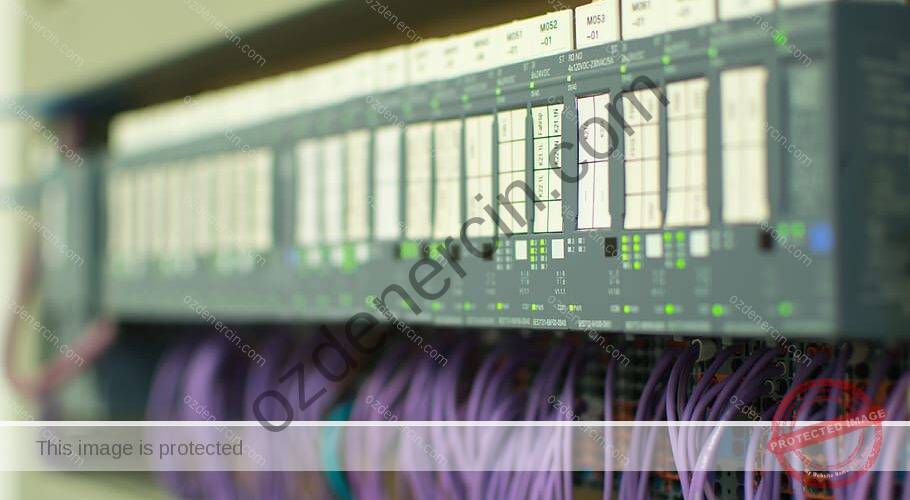The realm of Industrial Control Systems (ICS) is undergoing rapid transformation driven by the convergence of advanced technologies, digitalization, and the growing threat landscape. As we look to the future, it’s essential to understand the new concepts and strategies that will shape ICS cyber security. This blog article explores the integration of innovative trends and technologies into ICS cyber security to ensure the robust protection of critical infrastructure.
I. The Evolving Threat Landscape:
The first and foremost consideration in shaping the future of ICS cyber security is understanding the evolving threat landscape. Threat actors are becoming more sophisticated, capable of targeting not only the digital realm but also the physical components of industrial systems. The integration of Artificial Intelligence (AI) and Machine Learning (ML) into attack strategies demands a comprehensive and dynamic defense approach.
II. Zero-Trust Architecture:
The future of ICS cyber security lies in adopting a Zero-Trust Architecture (ZTA). This model eliminates the assumption of trust and requires continuous verification of every entity trying to access the network. By implementing strict access controls, real-time monitoring, and continuous authentication, ICS environments can significantly reduce the attack surface and prevent lateral movement by malicious actors.
III. Integration of IoT and IIoT Security:
The proliferation of Internet of Things (IoT) and Industrial Internet of Things (IIoT) devices within industrial environments necessitates robust security measures. These devices, while enabling data-driven insights, also introduce new vulnerabilities. Implementing strong device authentication, encryption, and regular firmware updates are crucial to mitigating potential risks.
IV. Cloud-Based Security:
Leveraging cloud technologies for ICS cyber security offers scalability, agility, and advanced analytics capabilities. Cloud-based security solutions can centralize threat detection, provide real-time updates, and allow for rapid response to emerging threats. The integration of security information and event management (SIEM) with cloud services enables efficient monitoring and analysis of ICS networks.
V. Blockchain for Data Integrity:
Blockchain technology can play a vital role in ensuring the integrity of critical data within ICS. By creating an immutable ledger, blockchain can prevent unauthorized modifications, tampering, or data loss. This is especially crucial for systems that require accurate historical records and audit trails.
VI. Human-Centric Security:
While technology is a cornerstone of ICS cyber security, the human element remains equally important. Robust training and awareness programs for employees, including operators, engineers, and security personnel, are essential to creating a security-conscious culture. Employees should be educated on the latest threats, best practices, and incident response procedures.
VII. Collaborative Threat Intelligence:
Industrial organizations must actively collaborate with peer companies, industry associations, and government bodies to share threat intelligence. This collective approach ensures that emerging threats are detected and mitigated on a broader scale, benefiting the entire industry.
The future of ICS cyber security is a complex interplay of technological innovation, evolving threats, and proactive defense strategies. By embracing Zero-Trust Architecture, harnessing the power of IoT and cloud security, utilizing blockchain for data integrity, and prioritizing human-centric security measures, industrial organizations can fortify their critical infrastructure against emerging cyber threats. Collaboration and knowledge sharing within the industry will be pivotal in staying ahead of the adversaries in this ever-evolving landscape.

